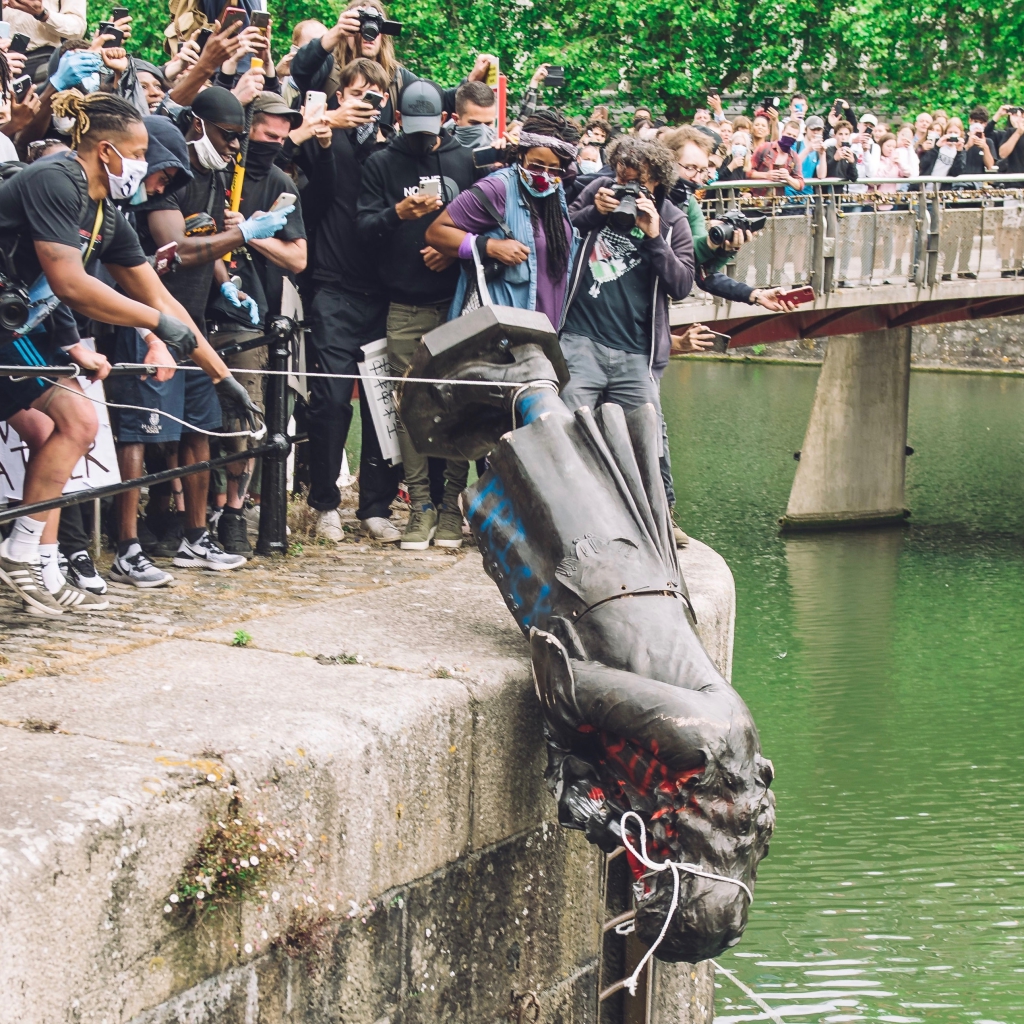In this seminar we will begin by analysing the propositions made in the exhibition, Live in Your Head, When Attitudes Become Form: works, concepts, processes, situations, information, originally curated by Harold Szeemann in 1969 at Kunsthalle Bern, and restaged in 2013 by Fondazione Prada in Venice with Thomas Demand and Rem Koolhaas. Taking note of the ways that the exhibition has been understood, for example, as ‘a paradigm of the process of mounting an exhibition post-1969, in a way that made it possible to bring together artefacts made by any technique and in any material, in accordance with the view “everything is art”’ (Celant and Costa, 2013), we will explore what is at stake in such a claim on the part of an exhibition. We will consider the forms of artistic criteria that are made manifest, redefined or eroded in When Attitudes Become Form. We will ask what the exhibition included and excluded, and how it proposed new strategies in relation to architecture, the morphology of artworks in a space, and notions of opacity and legibility. Building on this initial questioning of artistic strategies and their forms, throughout the semester we will explore (by analysing a range of existent practices and artworks by artists including Senga Nengudi, Christoph Schlingensief and others) and assume within our collective practice, a range of artistic methods or techniques which we can begin to index as keywords, such as but not limited to, montage, gesture, labour, production and (non-)reproduction, tension as sculptural form, institutional critique, notions of value, mimesis, parataxis, notions of development, space, and topography and topology.
In conjunction with this, we will also consider a cursory history of the epistemological or foundational questions regarding ‘form’ that arise in art history and theory that lead up to Szeemann’s exhibition. We will critically explore how concepts or notions of form emerged at the beginning of the twentieth-century in the work of Alois Riegl, as well as Walter Benjamin’s ‘Rigorous Study of Art’ (1931/33). We will ask how analysing artistic form can mediate our understanding of the structure of the world, and what it can tell us about history. We will connect this to Theodor Adorno’s essay ‘Art and the Arts’ from 1968 which describes the fraying of the boundaries between the art genres, and compare it to Lucy Lippard’s ‘The Dematerialisation of Art*’ (1968) as well as, most recently, Sianne Ngai’s Theory of the Gimmick: Aesthetic Judgement and Capitalist Form (2020).
Finally, this seminar will follow an open-ended trajectory. Our direction will be determined via our collective pursuit of these questions.
